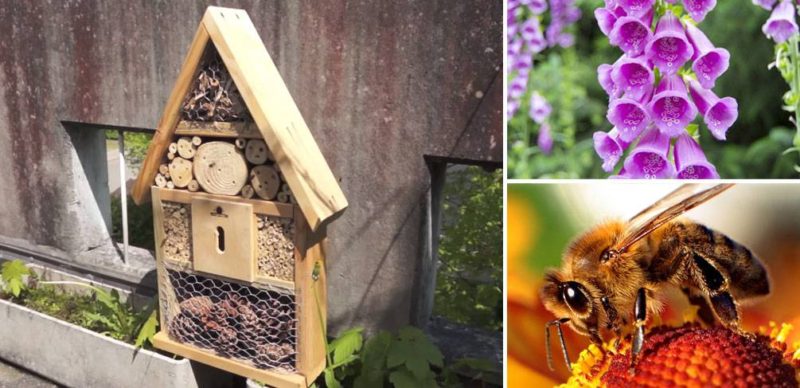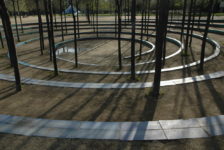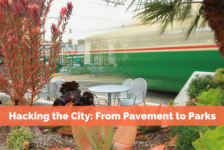With the current and ongoing bee crisis that is hitting the world, we take a look at some of the design measures that can use to enable the bees in our environment. The media, including our website, is full of articles about bees and their endangered status. We reported the problem last year, in the article by Fergus McCarthy – The Global Collapse in Bee Populations – What You Need to Know! Unfortunately, the situation hasn’t improved. Scientists are reporting alarming statistics – honey bee colony declines in recent years have reached 10 to 30 percent in Europe, 30 percent in the United States, and up to 85 percent in the Middle East, according to research conducted by the UN. What are the reasons behind extermination on such a massive scale? The researchers are blaming dangerous pesticides, neonicotinoids, used in farming and gardening, but also the loss of wildflower habitats, rapidly spreading diseases and parasites, introduced predators and climate change. Such prolonged stress leads to the insects being even more susceptible to pesticide poisoning. The apocalypse concerns not only the honey bee but also the other 25 thousand species from the Apoidea family. WATCH: Why All The Bees Are Dying
What Does it Matter, You Might Ask? Why should we care if some tiny insects live or die? In fact, it matters a lot. It is, literally, a matter of life and death for all human beings. Bees – including honey bees and other wild living species – are responsible for a vast majority of the pollination occurring on our planet. In Europe alone, the work they do is worth around 22 billion Euros annually, while it may be worth 265 billion Euro worldwide. If the bees disappear, we will have to take care of pollination, which means many species of plants dying, our diet becoming more monotonous, and the price of food growing rapidly.
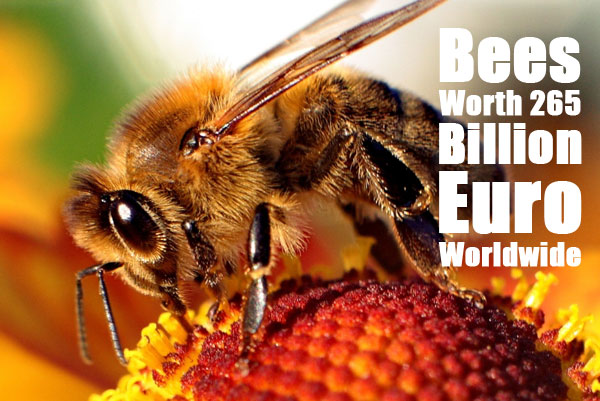
“Bee-apis” by Maciej A. Czyzewski – Own work. Licenced under GFDL via Commons. Modified by SDR

Printscreen from the website Planet Bee Foundation
What Should a Perfect Bee Garden Look Like?
Rule 1 – Design for Colour and Variety First of all, choose plants that bees like; full of nectar and pollen, easy to land on, preferably in their favourite colours, blue and yellow. This varies according to the area; different species have to be chosen in Europe, North America or Asia. Native plants are the best for native bees! Your local beekeeper might be able to provide a list of the bees’ favourite species. WATCH: Plants That make Honey Bees Happy – Home Sweet Home
Single flower tops are usually better, as they produce more nectar and are easier to access. Avoid fancy hybridised plants, as they are very poor pollen producers. Notice how some of the plants seem to have a “road” marked towards their interior or a “bull’s eye” around the centre. This is called, “honey spot” – it shows the bees the way to pollen and nectar. It also proves that bees and flowers evolved together and their bond is both ancient and very important to both sides!
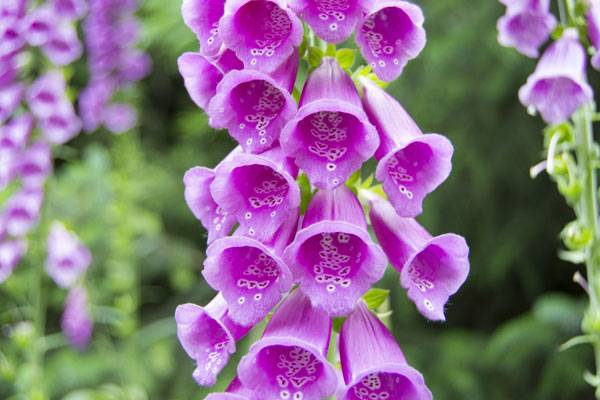
Digitalis flower – an example of a “honey spot”, a landing guide for bees. Photo credit: License: CC0 Public Domain / FAQ
Free for commercial use / No attribution required

Bees get thirsty too. License: CC0 Public Domain / FAQ Free for commercial use / No attribution required
Rule 4 – go Natural! Make sure not to use pesticides! Convince your customers not to do it as well. Choose sturdy, healthy plants that will make the use of chemicals unnecessary. Make the garden safe for bees and for yourself – especially, if you’re planning to plant edible species. Use natural fertilisers, such as compost. WATCH: Alan Titchmarsh’s Summer Garden | How to Encourage Bees into your Garden | Waitrose
Final Rule: Love Your Bees! Don’t be afraid! Bees only attack as the last resort, as usually they lose their sting in the process and die. Be careful not to stand or sit on the insects and make sure to check your food before you take a bite. Keep yourself and the bees safe. Help bees, if you feel that eating only wind-pollinated plants is rather boring. Make sure your gardens are bee-friendly if you care about our planet. Design for bees, if you don’t fancy your children living in a grey, sad world where wildflowers have all died. Go to comments
Recommended Reading:
- Garden Plants for Honey Bees by Peter Lindtner
- Native Plants for Honeybees by Christopher Murrow
Article by Marta Ratajszcak Return to Homepage
Published in Blog


